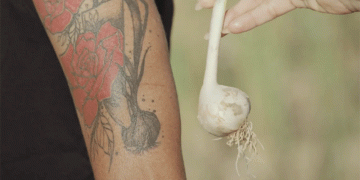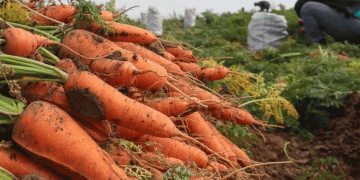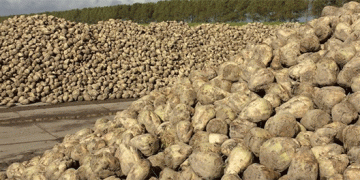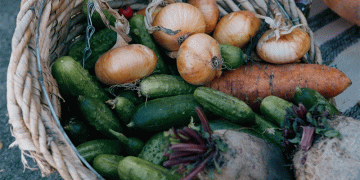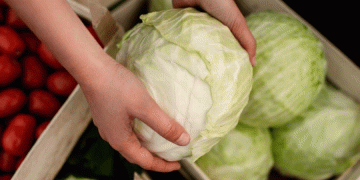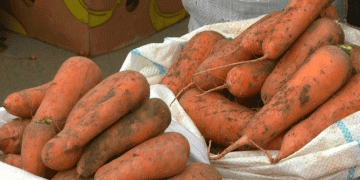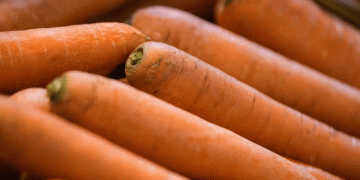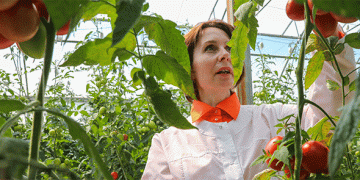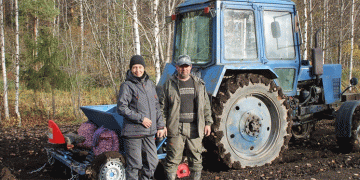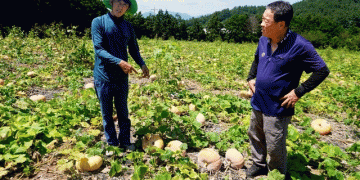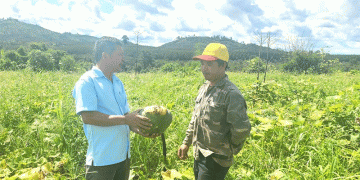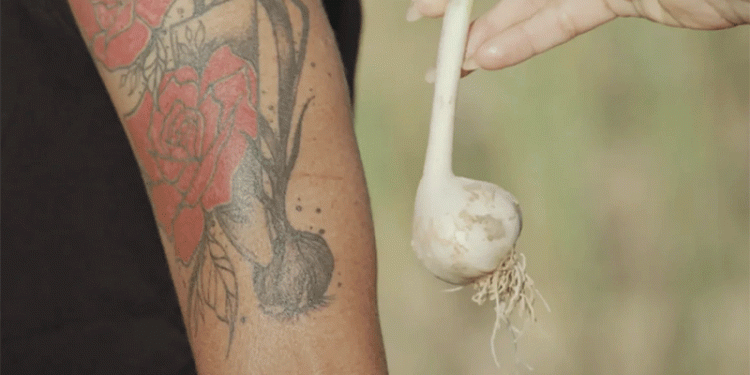While hundreds of garlic varieties are cultivated worldwide, the unique ajo fino of Chinchón, Spain—a small town just 40 minutes south of Madrid—recently faced near extinction until chef Miriam Hernández launched a remarkable preservation effort. Her story represents a growing global movement where culinary professionals are partnering with agricultural producers to protect genetic diversity and preserve culinary heritage against the tide of industrial agriculture.
The Ajo Fino Difference: Characteristics and Challenges
Ajo fino distinguishes itself through several unique characteristics:
- Smaller cloves with more intense, complex flavor profiles
- Lower yield compared to commercial varieties (typically 30-40% less production)
- Higher labor requirements due to specific growing conditions
- Superior culinary qualities that command premium prices
The variety nearly disappeared due to economic pressures favoring high-yield commercial varieties. According to the Food and Agriculture Organization, approximately 75% of global agricultural crop diversity was lost during the 20th century, with heritage varieties like ajo fino particularly vulnerable.
Economic Viability of Heritage Crops
Despite production challenges, heritage varieties offer significant economic opportunities:
- Price premiums: Specialty garlic varieties can command 200-300% higher prices than conventional garlic
- Market differentiation: Unique products create competitive advantages in increasingly homogenized markets
- Tourism value: Heritage crops support culinary tourism and regional identity
- Seed market potential: Preservation efforts can generate revenue through specialty seed sales
Research from the Organic Farming Research Foundation shows that farmers growing heritage varieties typically achieve 25-40% higher profit margins despite lower yields, due to reduced input costs and premium pricing.
Global Context for Agricultural Biodiversity
The loss of crop varieties represents a critical global challenge. The International Union for Conservation of Nature reports that:
- 94% of historic vegetable varieties have disappeared since 1900
- 75% of the world’s food now comes from just 12 plant and 5 animal species
- 30% of global agricultural biodiversity has been lost in the past 40 years
Initiatives like Hernández’s represent crucial counter-trends to this genetic erosion. Similar successful preservation efforts include:
- Italy’s protection of 1,500 heritage vegetable varieties through Slow Food’s Ark of Taste
- Peru’s preservation of 3,000 potato varieties in protected growing regions
- France’s AOC system protecting regional specialties through geographical indications
The Chef-Farmer Collaboration Model
Hernández’s approach exemplifies the growing “chef-farmer” collaboration movement that is revitalizing heritage agriculture. These partnerships typically feature:
- Direct relationships: Chefs working directly with growers to ensure variety preservation
- Market guarantees: Commitment to purchase entire production at premium prices
- Technical support: Shared knowledge about growing techniques and quality requirements
- Promotional support: Chef advocacy and menu features that increase consumer awareness
The Culinary Institute of America reports that restaurants featuring heritage ingredients typically experience 15-25% higher customer satisfaction scores and 20-30% higher menu item profitability.
Practical Implementation for Agricultural Professionals
Farmers and agricultural engineers can implement similar preservation strategies through:
- Genetic preservation: Partnering with seed banks and research institutions
- Market development: Identifying chefs and specialty markets willing to pay premiums
- Production adaptation: Adjusting growing methods for specific variety requirements
- Quality focus: Emphasizing flavor and quality over yield maximization
- Storytelling: Developing narratives that connect consumers to agricultural heritage
The Culinary Heritage Connection
Hernández’s use of ajo fino in traditional sopa de ajo demonstrates how culinary applications drive agricultural preservation. The dish itself represents centuries of Spanish culinary tradition, evolving from simple garlic, oil, and bread to more complex versions featuring bacon, ham, and eggs as ingredients became more accessible.
This connection between plate and field creates powerful economic incentives for preservation. Consumers increasingly seek authentic culinary experiences with historical and cultural significance, creating markets that support agricultural diversity.
Miriam Hernández’s efforts to preserve Chinchón’s ajo fino garlic offer powerful lessons for agricultural professionals worldwide. Her success demonstrates that heritage crop preservation is not just about cultural conservation—it represents a viable economic strategy that can differentiate producers in competitive markets.
The preservation of agricultural biodiversity requires collaborative approaches that connect growers, chefs, researchers, and consumers. By valuing unique flavors, historical significance, and genetic diversity, we can create agricultural systems that are not only more resilient but also more profitable and culturally rich.
As climate change and other pressures threaten global food systems, maintaining genetic diversity through efforts like Hernández’s becomes increasingly crucial. Heritage varieties often contain valuable traits—disease resistance, drought tolerance, flavor complexity—that may prove essential for future agricultural adaptation.
The story of ajo fino reminds us that agricultural preservation is about more than saving seeds; it’s about preserving cultural identity, maintaining culinary traditions, and creating sustainable agricultural futures. By embracing these approaches, agricultural professionals can play vital roles in protecting our collective agricultural heritage while building more resilient and profitable farming operations.
